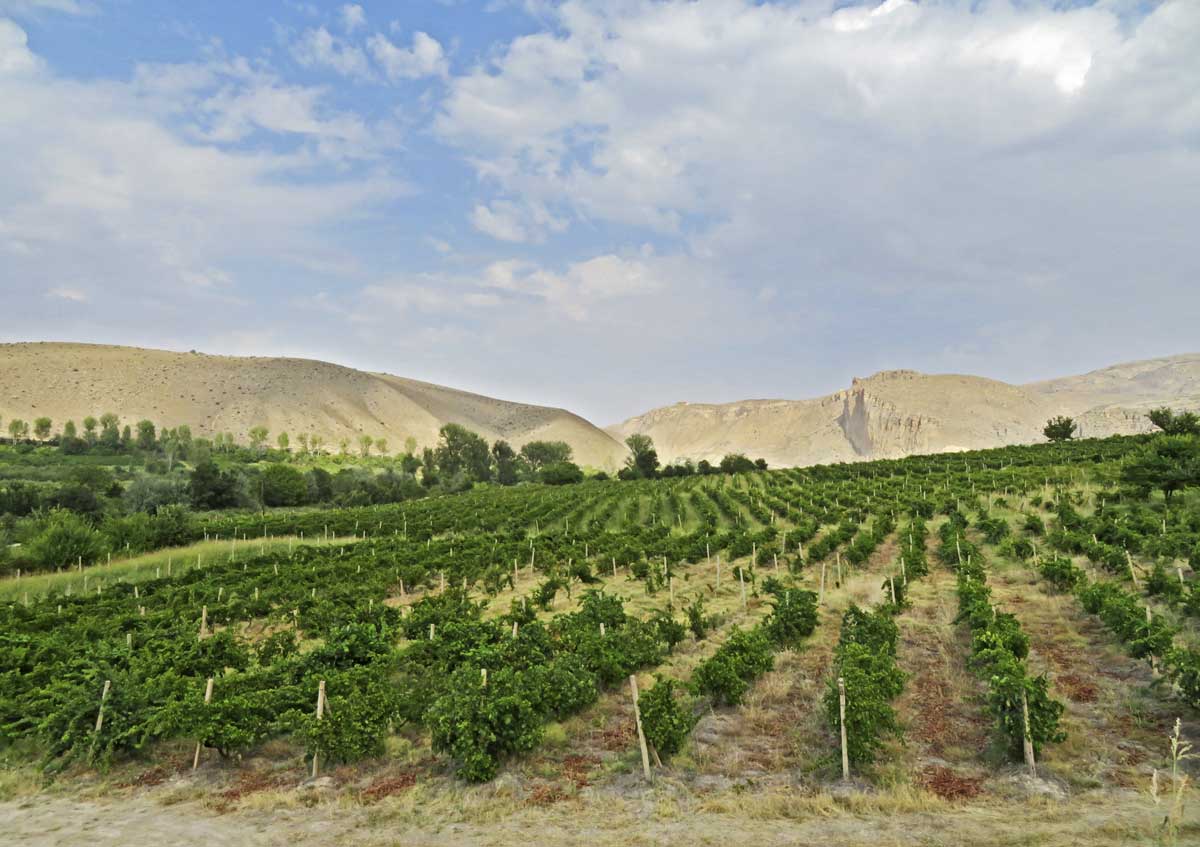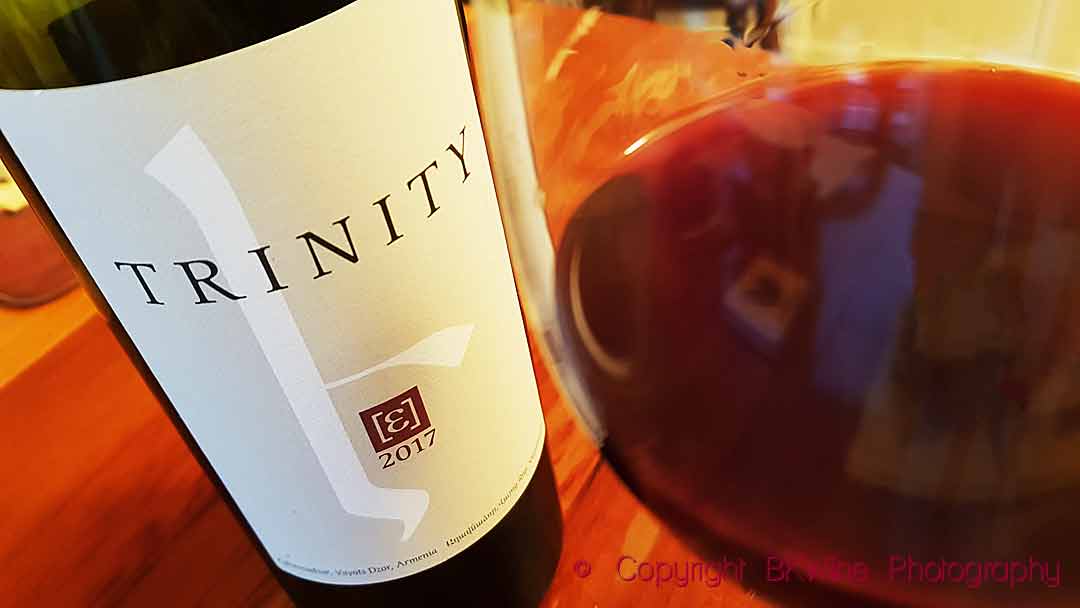Here’s your introduction to Armenian wines. Armenia is a small wine country, but one with a long history. Wine production here almost disappeared during the Soviet era. But a new generation of winemakers is reviving the industry. One of the exciting aspects of it is the unique, very old grape varieties that exist here. Read on to learn more about Armenian wines. Illustrated with two wines from the country.
You can hardly call Armenia a new wine country, even if that is precisely what it is for most wine consumers. But using the word “new” about a country where they have made wine for 8000 years does not feel quite right. Armenia, like its neighbour Georgia, rightly markets itself as the “cradle of wine”. Plenty of archaeological finds indicate that this is where the history of wine began.
This is a longer version of an article published on Forbes.com.
Armenia is sandwiched between Turkey, Georgia, Azerbaijan and Iran. It is landlocked with about 300 kilometres to the Caspian Sea to the east and the Black Sea to the west. The country has only 3 million inhabitants, but there is a large diaspora of Armenians worldwide. It is about the size of Belgium (with 12 million inhabitants). Or, if you prefer, about the size of Hawaii or Maryland.
The mighty Caucasus Mountains make their mark on the landscape, and many vineyards are located at high altitudes, 1000-1300 meters above sea level. The climate is continental, with hot and dry summers and winters with temperatures that can drop to minus 10 to 15 degrees C and even lower in some regions.
Armenia also has its very own alphabet, with quite beautiful rounded letters, developed in the 5th century.
Armenian wines have been totally unknown for most of us until very recently. This is due mainly because the country was a Soviet republic between 1922 and 1990. Each of the republics had its own speciality, and for Armenia, it was brandy production. But now, the country’s wines are again appreciated around the world. The volumes are relatively small, and we are not talking about low-priced wines. The focus for the producers is on quality wines with character.
Armenia has four main wine-growing regions. The most famous is Vayots Dzor in the southern part of the country, bordering Iran and Azerbaijan. One of the world’s oldest wineries from the 4th millennium BC, called Areni-1, was discovered here. It is a very mountainous landscape with the highest peak reaching 3522 metres.
The other main regions are Aragatsotn, Ararat and Armavir. It was on Mount Ararat that Noah is said to have ended up with his ark after the flood. He went ashore, planted vines, drank the wine and got drunk. Was it humanity’s first intoxication on wine? Ararat is on the border with Turkey. It’s highest peak, at 5,137 m, is just on the Turkish side of the border. (Hawaii’s highest peak is at 4207 m.)
Numbers on the size of the Armenian vineyards varies but it is probably around 17 000 hectares. This is about half the size of Champagne. However, only a small portion of the grape production is used to make wine.
Armenia has plenty of local grapes, although some were unfortunately lost during the Soviet era. It is these local varieties that the producers now want to bring forward. One of the most cultivated is areni noir, a hardy grape that can withstand chilly nights at high altitudes and periods of drought. It has thick skin, some tannins but can feel quite smooth on the palate. It has aromas of red fruit and spices. But the winemaker’s decisions play a significant role in the character, not least whether the wine is oak-aged or not.
Khindoghni (also called sireni) is another red grape used for many different styles of red wines. It is also found in Azerbaijan. For white wines, they often use voskehat, an ancient Armenian grape.
We have tasted two red Armenian wines from Vayots Dzor, made from areni noir.
Trinity Eh Areni noir 2017, Aghavnadzor, Vayots Dzor, Trinity Canyon Vineyards, Armenia
Bright in colour and light in style with high and refreshing acidity and lovely fruit aromas. I like this easy-drinking, refreshing style. The wine has aged in oak barrels for 18 months, but the oak is well hidden behind the fruit, which is positive. This wine benefits from having the fruit aromas as the centrepiece. Trinity Canyon Vineyards was founded in 2009. ~25-30 euro
Old Bridge Reserve 2017, Areni Noir, Arpa Valley, Armenia
A balanced wine with complex and well-developed aromas, intense fruit, quite soft but with a fresh acidity that gives structure. Delicious. The property was founded in 1998 by the Khalatyan family. The vineyards are at an altitude of 1250 meters, and the wine has been aged for 18 months in Armenian oak. The old bridge is close to the estate, and Marco Polo is said to have crossed it in the 13th century. ~25-30 euro
Try either of these two wines, or any other one you can find from Armenia, to discover a new but very old and historic wine country.















2 Responses
ABV.
Corrigendum.
ABV% ?